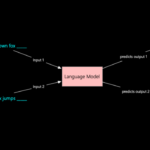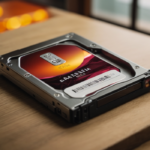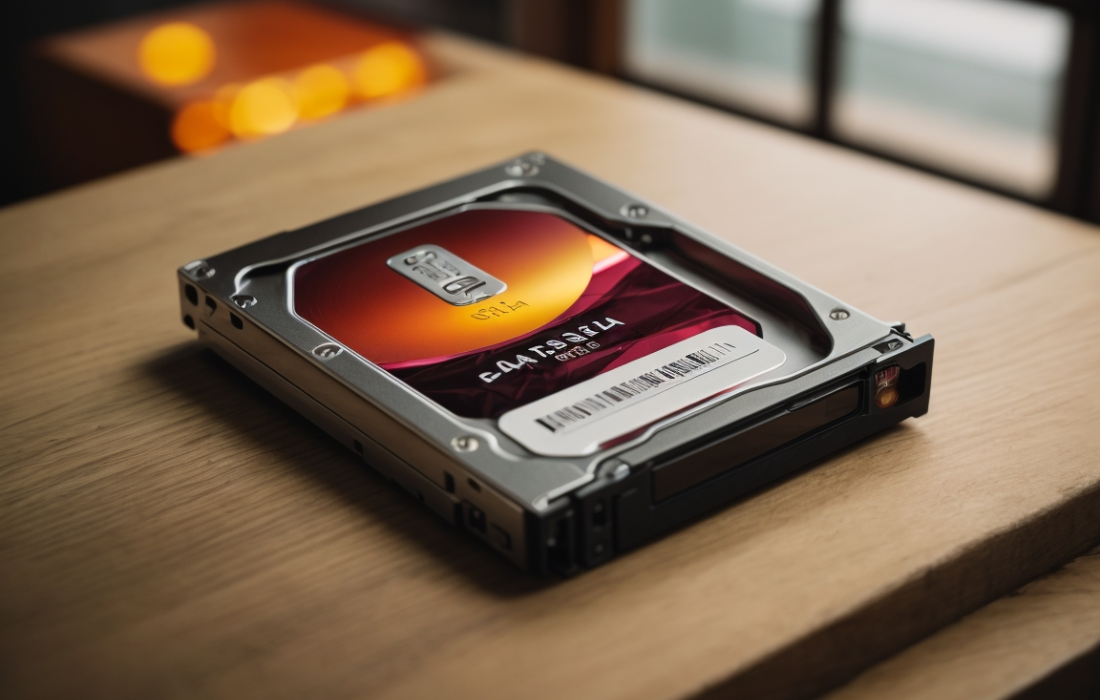In modern computing, the seamless transfer of data between various hardware components is crucial for maintaining system performance and efficiency. One of the most significant data flows in a computer system occurs between RAM (Random Access Memory) and SSD (Solid-State Drive), both of which play essential roles in ensuring fast data access and storage. Understanding how data is transferred from RAM to SSD can shed light on both the technology behind these components and the processes that enable efficient computing.
The Role of RAM and SSD in Data Storage
To appreciate the mechanics of data transfer between RAM and SSD, it’s important to understand the purpose of each component:
- RAM is a type of volatile memory that temporarily stores data that the CPU is actively using or processing. It is extremely fast and can be accessed much quicker than traditional storage drives, such as HDDs or even SSDs.
- SSD, on the other hand, is a non-volatile storage device that holds data long-term, even when the computer is powered off. SSDs use flash memory to store data, which offers faster read/write speeds compared to older hard disk drives (HDDs) but is still slower than RAM.
The interaction between these two types of storage is key to a computer’s performance. While the CPU pulls data from RAM for immediate tasks, it relies on the SSD for longer-term storage of files, applications, and system data.
Data Transfer Process from RAM to SSD
The process of transferring data from RAM to SSD occurs when the system needs to free up space in RAM, typically when there is insufficient memory available for active processes. This often happens during high-demand activities such as running large programs or working with data-heavy applications. The transfer of data from RAM to SSD usually involves the following steps:
- Memory Management by the Operating System (OS):
- The OS continuously manages memory allocation, deciding which data should remain in RAM and which data can be temporarily offloaded to the SSD.
- When RAM begins to fill up, the OS uses a process called paging or swapping to move data to the SSD. This is where virtual memory comes into play. Virtual memory allows the computer to extend the amount of usable memory by using storage devices (like an SSD) as a temporary holding space.
- Pagefile or Swap File:
- Data that is moved from RAM to the SSD is typically stored in a system file known as the pagefile (on Windows) or swap file (on Linux and macOS). This file acts as an overflow area where less-used data from RAM is stored temporarily.
- The pagefile or swap file on the SSD allows the system to “swap” data back and forth between RAM and SSD as needed, with the SSD storing less-critical data while RAM is reserved for active processes.
- Write Operation to the SSD:
- When the OS decides to move data from RAM to the SSD, it sends a write command to the SSD’s controller, which then locates an available block of storage space on the drive.
- SSDs work by using flash memory cells, which are organized into blocks and pages. The controller first finds an empty block or page to store the data from RAM and writes the data in pages, typically in 4KB chunks, depending on the SSD model.
- Flash Translation Layer (FTL):
- SSDs contain a Flash Translation Layer (FTL), which is responsible for managing the wear leveling and logical-to-physical address mapping of data on the drive. The FTL ensures that data is written evenly across the memory cells to prolong the lifespan of the SSD and prevent any individual block from wearing out prematurely.
- The FTL keeps track of which RAM data has been written to which blocks, managing the process of moving data and the subsequent retrieval when needed.
- Data Retrieval from SSD to RAM:
- When data previously offloaded to the SSD is needed again (for example, when the operating system or a program requires access to it), the OS will issue a read request to the SSD.
- The SSD then retrieves the necessary data, transfers it back to the system’s RAM, and the data becomes available for active processing by the CPU. This process is usually slower than direct access to RAM but much faster than retrieving data from a traditional hard drive.
Factors Affecting Data Transfer Speed
Several factors influence the speed at which data can be transferred between RAM and SSD:
- SSD Performance:
- SSDs come in different formats, such as SATA, PCIe, and NVMe. PCIe and NVMe-based SSDs offer significantly faster data transfer rates than SATA-based SSDs, thanks to their use of more advanced interfaces and faster protocols.
- RAM Size and Speed:
- The size and speed of the system’s RAM also affect how quickly data is transferred. Systems with more RAM and faster memory speeds reduce the likelihood of paging, which means fewer writes and reads from the SSD.
- Operating System Efficiency:
- The efficiency of the operating system’s memory management plays a role in minimizing unnecessary data transfers. Operating systems that are optimized for managing memory and prioritizing tasks can minimize the amount of paging and swapping, reducing the burden on the SSD.
- SSD Wear and Tear:
- SSDs have a finite number of write cycles per cell, which means excessive writing to the SSD can lead to wear and decreased performance over time. However, modern SSDs are designed to handle significant amounts of data transfer without showing a significant degradation in performance.
Conclusion
The transfer of data from RAM to SSD is an essential process that helps ensure your computer can handle memory-intensive tasks, run large applications, and provide overall smooth performance. Through the use of pagefiles and swap files, operating systems manage memory efficiently, leveraging SSDs as temporary storage when RAM is full. As SSD technology continues to improve, the speed and efficiency of these transfers will only get better, further enhancing the performance of modern computing systems.






















